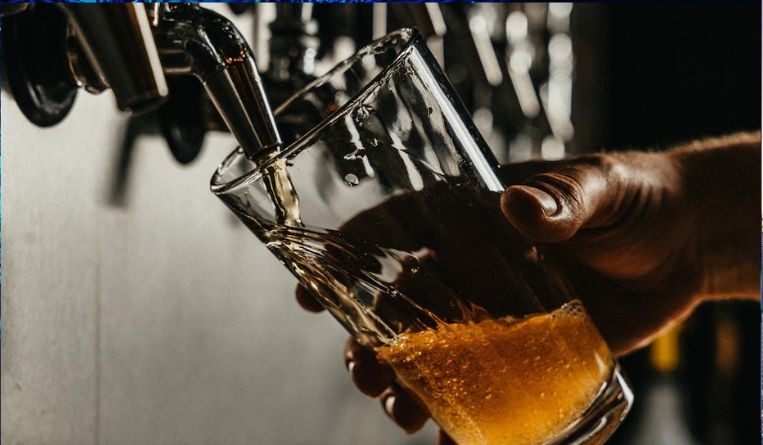Beer brands legal battle in Australia highlights limitations of “unregistered rights”
13 April 2023


According to Joanna Lawrence, a partner at Ashurst in Melbourne, cases like Brick Lane Brewing Co Pty Ltd v Torquay Beverage Company Pty Ltd in Australiahighlight some of the limitations of relying on "unregistered rights" in branding. These include passing off or misleading and deceptive conduct claims under Australian Consumer Law.
The case involved Torquay’s beer product, Better Beer, and Brick Lane’s own Sidewinder beer and the similarities in their packaging. Among these similarities is their common use of blue, yellow and orange stripes. Brick Lane filed a suit against Torquay for misleading or deceptive conduct as well as misleading or false representation. It alleged that the similarities might confuse consumers into believing Better Beer is associated with Brick Lane and mistaking Sidewinder for Better Beer or vice versa.
The Federal Court of Australia was unconvinced and in February 2023, ruled in favour of Torquay.
According to Lawrence, the success rate of misleading and deceptive conduct cases involving product get-up in Australia is not particularly high.
“In addition to having to establish adequate consumer knowledge of the earlier product get-up, the similarities with the later product get-up need to be strong enough to give rise to a likelihood of consumers mistaking one product for the other or thinking the products are associated in some way. Other branding or information included on the product packaging or used in relation to the product – for example, in promotional materials – may reduce the likelihood of consumers being misled or deceived, as was the case in the Brick Lane Brewing decision,” she explained.
The court arrived at the decision after considering the two companies’ reputation, the differences between their beer products, the circumstances in which the products were made available in the market and whether Torquay intentionally copied or adopted Sidewinder’s packaging.
“In contrast, a benefit of a trademark registration is that it can provide protection for a trademark even when there has been no use of the mark. In a trademark infringement action, there is no requirement for the trademark owner to establish consumer recognition of their mark,” said Lawrence.
“Another benefit of a trademark registration is that it typically provides broader protection in terms of the scope of goods or services and geographical reach. It may also assist in alerting competitors to the earlier claim to trademark ownership and deter them from adopting something too similar,” she added.
In Australia, brands may obtain registrations for aspects of packaging, such as colour schemes and design elements.
- Espie Angelica A. de Leon






